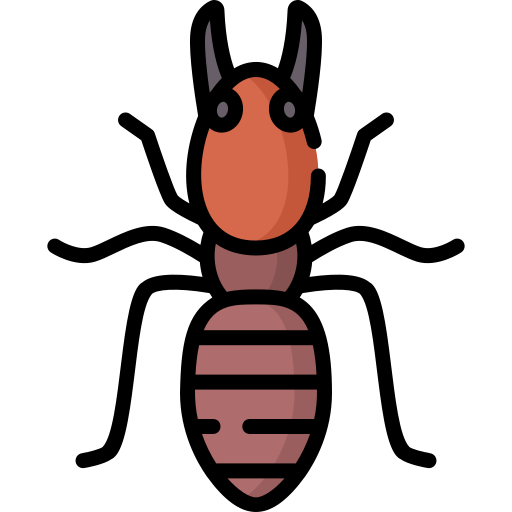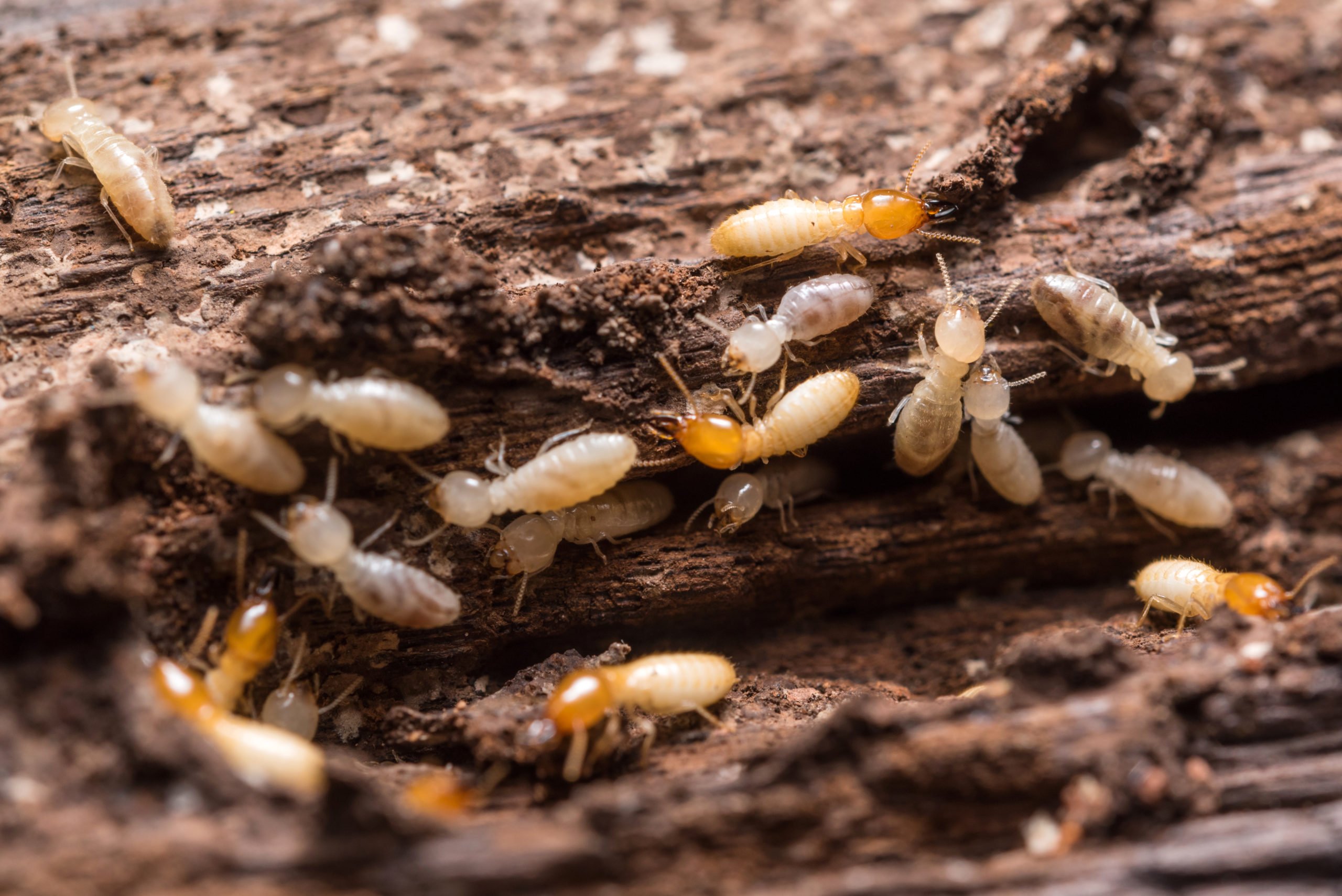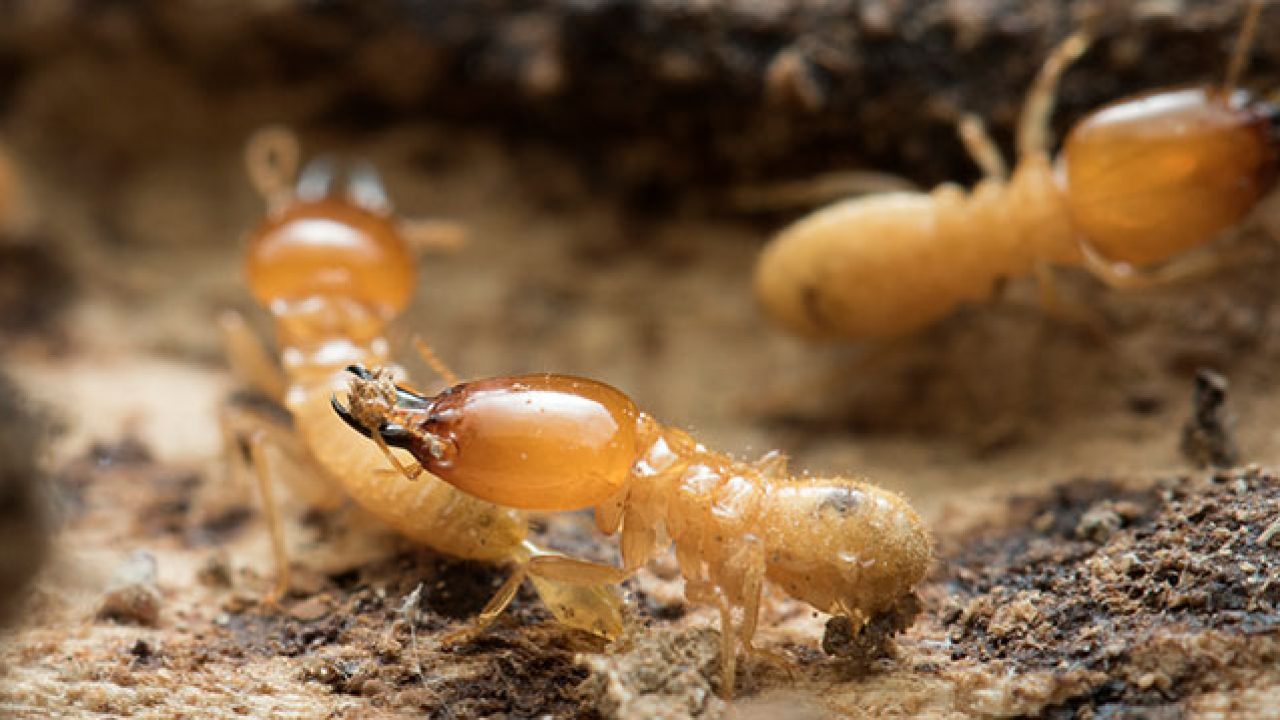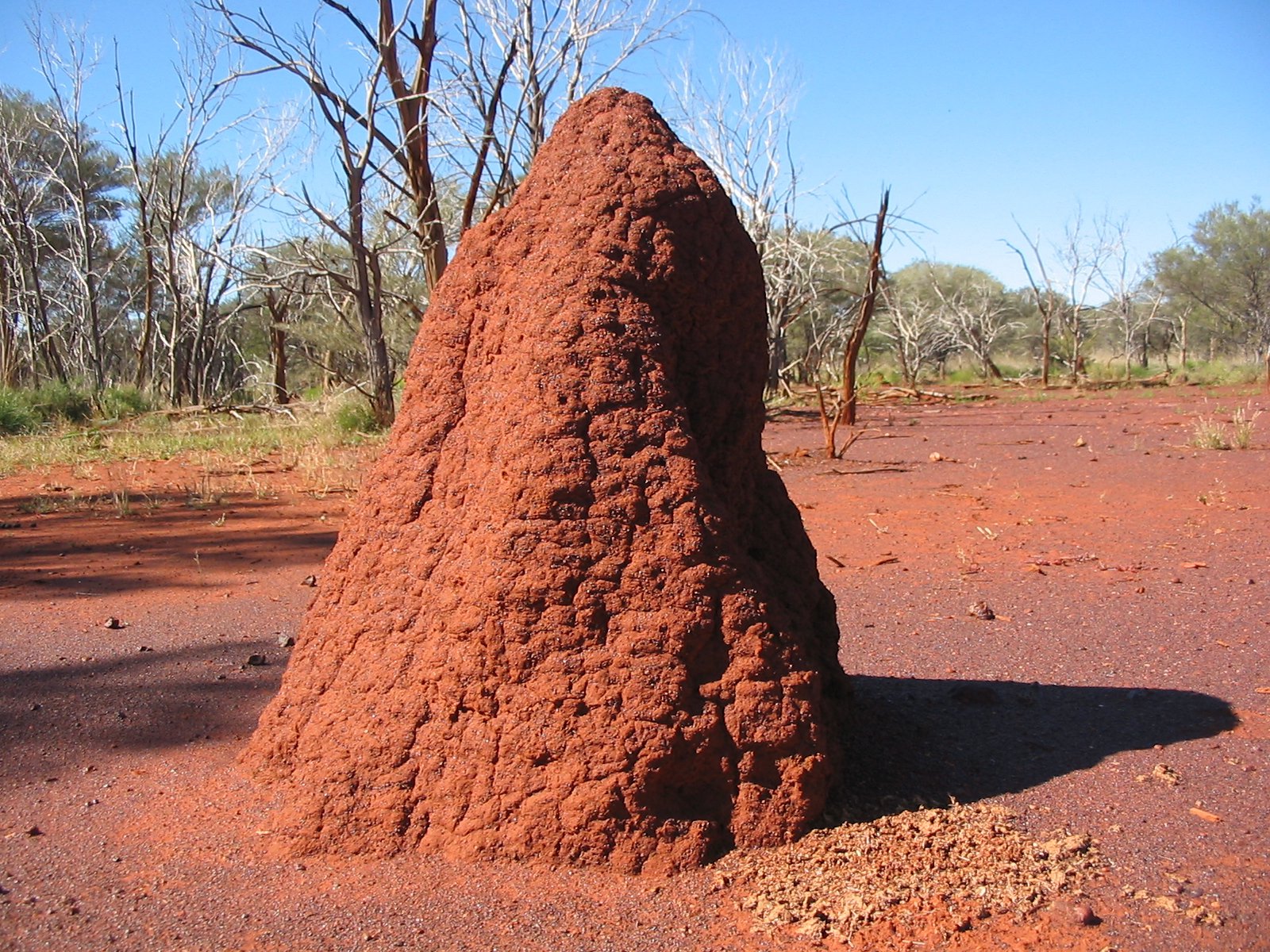Despite what you might think, head-banging isn't exclusive to rock music. The termites are pretty good at it too! For more information, keep reading.

Are you concerned about termite damage? If so, you are not the only one. Over two billion dollars are spent every year to treat termites, which cause billions in structural damage. Consumers can protect their property from termites by identifying and preserving their property through effective prevention measures and appropriate use of pest control treatments.

It is usually not until a swarm or damage is discovered during construction that people realize they have termites. Listed below are a few ways to discover if your house has termites: Check exposed wood for hollow spots by probing. Identify termite swarms, there are chances that you might termite swarms with ant swarms. As soon as you confirm the infestation book professional pest control exterminators.

Have you ever come home and found a small pile of wood dust under your sofa? This is the source of termite infestation. Once they invade your home and start eating your home’s foundation and expensive furniture, they can be very difficult to get rid of, especially because of their small size. You can solve many problems by checking frequently as well as preferring pest control exterminators.

The first step in prevention is to be aware of termites. Termites rarely emerge from the soil, mud burrows, and food sources. Make a structure that keeps termites away. This means using a concrete foundation during construction and leaving a ventilation space between the soil and the wood. Cover exposed wood surfaces with a sealant or metal barrier. Maintains termite control treatment. After construction, perform appropriate leveling and drainage and dry the soil around the foundation. Make sure that trees and shrubs do not grow too close to the structure and do not grow on bare wood surfaces. Most importantly, inspect it regularly to make sure it is not colonized by termites.